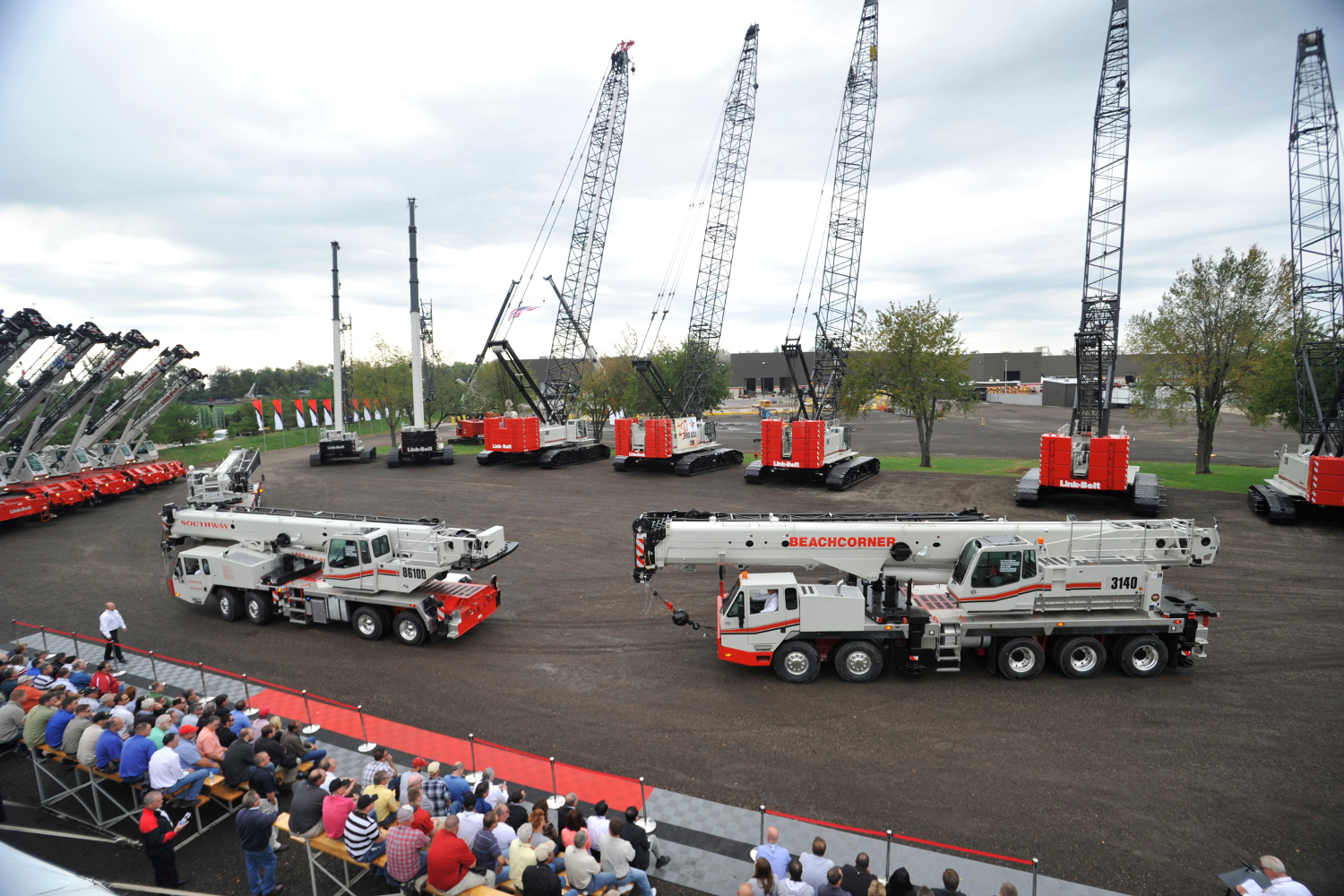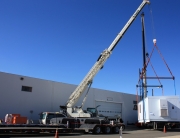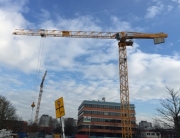Link-Belt’s CraneFest, which was held between September 28 and October 2 in Lexington, KY, received huge applause from more than 900 attendees that include crane rental executives, crane owners, contractors, distributor personnel and media. The highlight of the four CraneFest Sessions was the introduction of three new Link-Belt Cranes—the TCC-1400 telecrawler; the TCC-1400 rough terrain crane; and the HTC-86110 truck crane.
The attendees also visited factory to take a look at the company’s new Burkhardt + Weber MCX 1200 HVP—a machining center used for Link-Belt’s boom production process. This blog has been drafted to give you a comprehensive insight into these three major launches.
TCC-1400 Telecrawler
• The 140 US-ton TCC-1400 features the longest boom for a telecrawler in its tonnage class, which now spans from 50 to 140 tons with four models. It includes a six-section power, pin and latch boom measures 195.4 ft. (59.5 m) and Teflon wear pucks to eliminate the need for boom grease.
• The boom is made of from ultra-high-strength steel that promises to offer outstanding telescoping load capability.
• It includes an on-board three-piece bi-fold lattice fly to give the crane a maximum tip height of 259 ft. (78.9 m).
Link-Belt also rolled out the 100RT, 100 US-ton (90-mt).
• The 100 US-ton (90-mt) rough terrain crane builds on the current “mid-size” class of Link-Belt rough terrain cranes.
• It has a six-section pin and latch boom with a length of 164 ft. (50 m) and maximum tip height of 261.7 ft. (79.8 m).
• A three-piece bi-fold, on-board fly with an integrated 10 ft. (3.0 m) section is available that can be manually offset.
HTC-86110 Truck Crane
• It has a base rating of 110 US-tons (90 mt).
• It features a 164 ft. (50m) main boom that outreaches the truck crane competition, also challenges European-built all terrain cranes in its class.
• The main boom tip height is 172.6 ft. (52.6m). It has a 58 ft. (17.6m) on-board fly that features four offset positions of 2, 15, 30 and 45 degrees.
• It comes with a new-flanged approach for erecting and stowing, focusing heavily on minimizing the number of times a ladder is needed.









